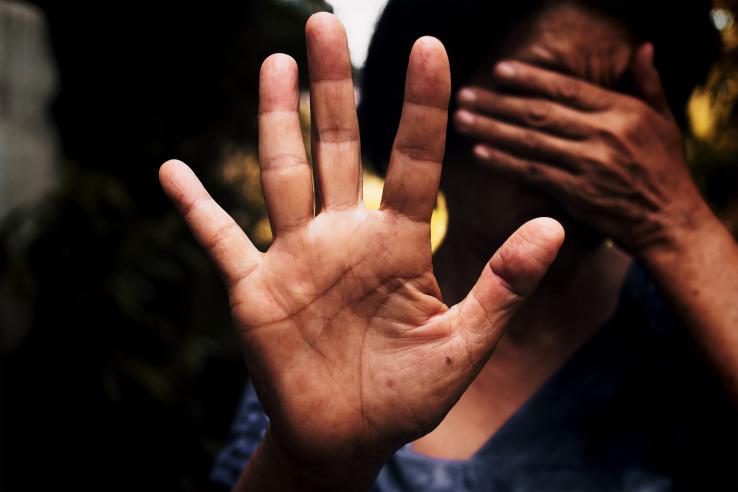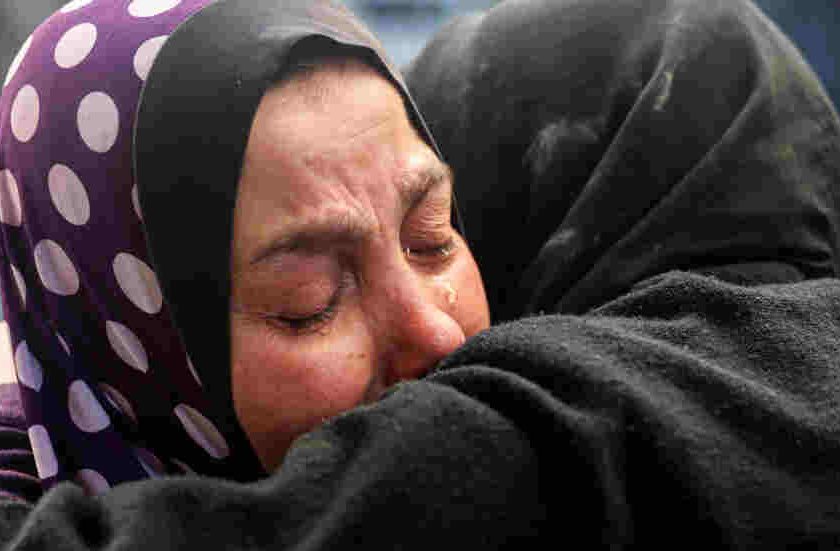Gender-based violence (GBV), or violence against women and girls (VAWG), is a global pandemic that affects 1 in 3 women during their lifetime.
The numbers are staggering:
35% of women worldwide have been victims of physical and/or sexual violence by an intimate partner or sexual violence from another partner.
Worldwide, 7% of women have been sexually assaulted by someone other than their partner.
Globally, up to 38% of murders of women are committed by an intimate partner.
200 million women have undergone female genital mutilation/cutting.
This problem is not only devastating for survivors of violence and their families, but also results in significant social and economic costs.
In some countries, violence against women is estimated to cost up to 3.7% of their GDP, more than double what most governments spend on education.
Failure to resolve this issue will also incur a significant cost in the future.
Numerous studies have shown that children who grow up in a climate of violence are more likely to become survivors or perpetrators of violence themselves in the future.
One of the characteristics of gender-based violence is that it knows no social or economic boundaries and affects women and girls from all socio-economic backgrounds: this problem must be addressed both in developing countries and in developed nations.
Reducing violence against women and girls requires a multi-pronged community approach and sustained engagement with multiple stakeholders.
The most effective initiatives address underlying risk factors for violence, including social norms regarding gender roles and the acceptability of violence.
BY NKUSI NIKUZE Diane






